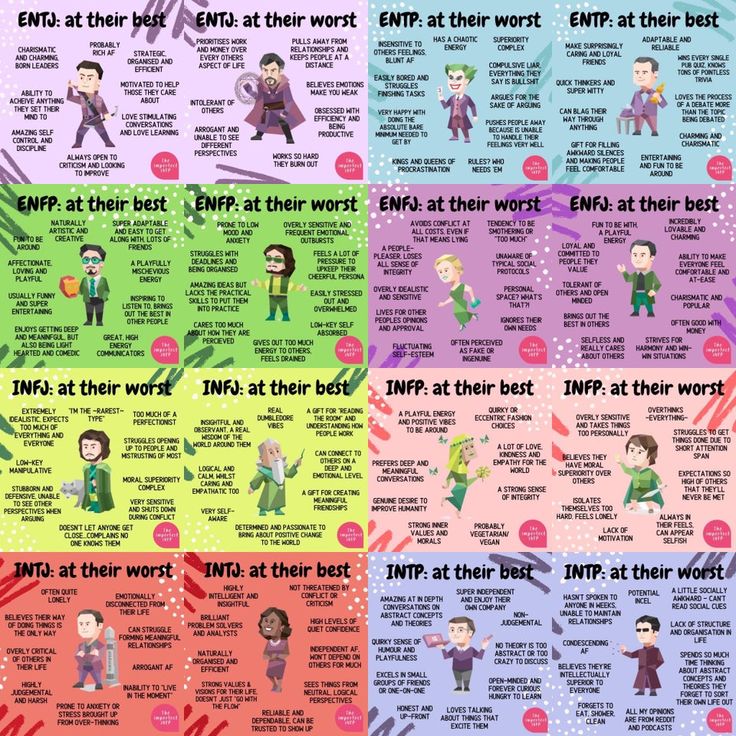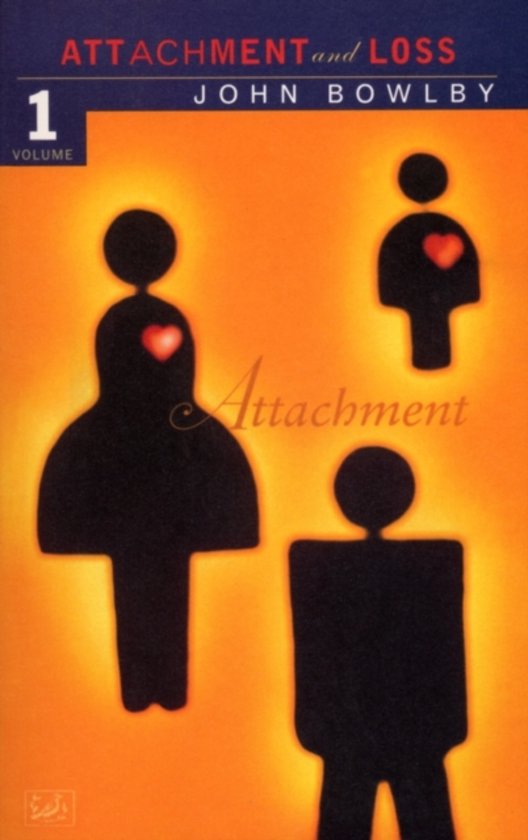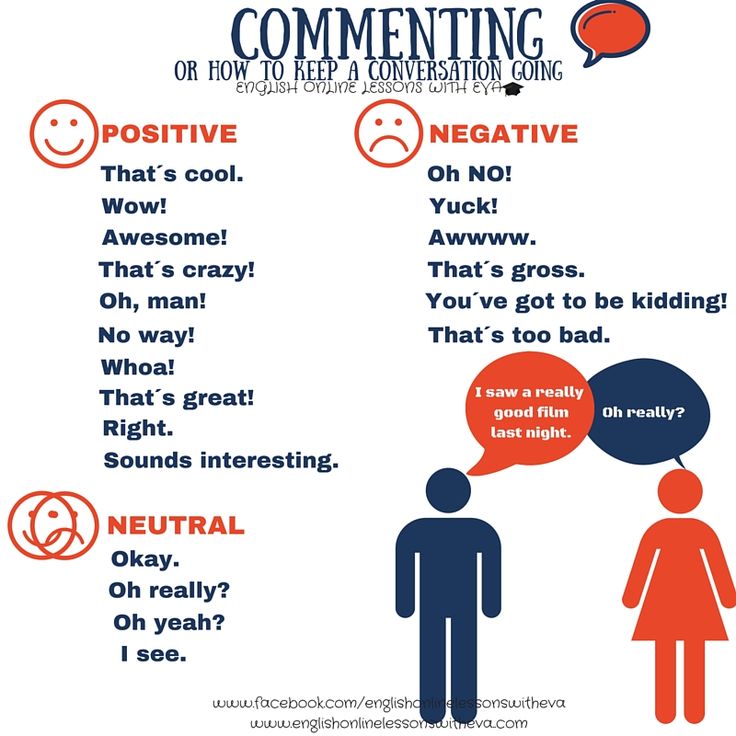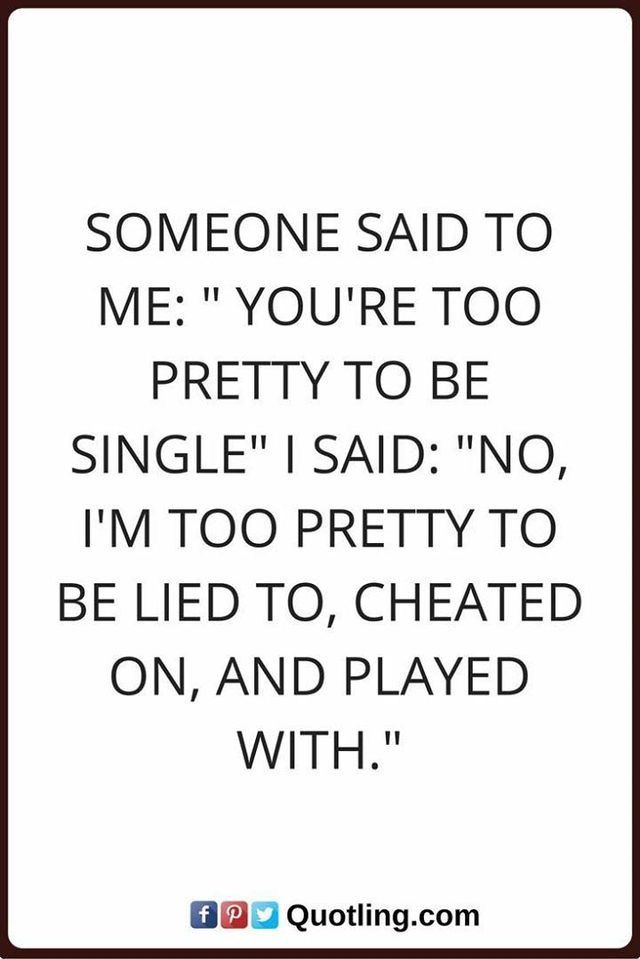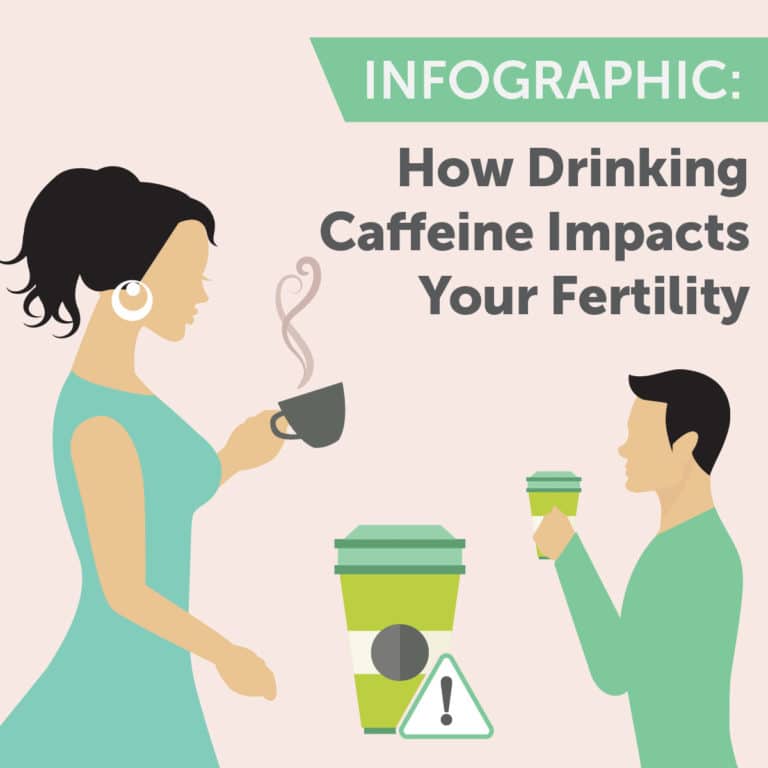Continuous partial attention disorder
Continuous Partial Attention – Linda Stone
What I call continuous partial attention is referred to as complex multi-tasking in cognitive science. Most of us don’t walk around distinguishing between simple and complex multi-tasking when we talk about our day: “I multi-tasked all afternoon and I’m exhausted.” “Yes, I multi-task when I drive.” “A good chef has to multi-task.”
Were those examples of simple or complex multi-tasking? There’s no way to know. The differences between simple and complex multi-tasking are profound. So, when I noticed that complex multi-tasking was increasingly pervasive in our culture, I took the liberty of giving it a new name: continuous partial attention. WordSpy, a fun site that tracks new words and phrases, recognizes cpa, and so does Wikipedia.
Continuous partial attention and multi-tasking are two different attention strategies, motivated by different impulses. When we multi-task, we are motivated by a desire to be more productive and more efficient. Each activity has the same priority – we eat lunch AND file papers. We stir the soup AND talk on the phone. With simple multi-tasking, one or more activities is somewhat automatic or routine, like eating lunch or stirring soup. That activity is then paired with another activity that is automatic, or with an activity that requires cognition, like writing an email or talking on the phone. At the core of simple multi-tasking is a desire to be more productive. We multi-task to CREATE more opportunity for ourselves –time to DO more and time to RELAX more.
An image, that comes to mind for me here, is the contrast between the organization man (Whyte, 1956): a dutiful employee who ate lunch in a cafeteria or restaurant and certainly not at his desk; and the entrepreneur of the late 1960’s, early 1970’s, who ate lunch at his/her desk or while filing papers, in order to get more done in a day.
Simple multi-tasking made it possible to cram more into our workday, and often, helped create a little more free time for drinks with friends, or time with family, or a favorite television show.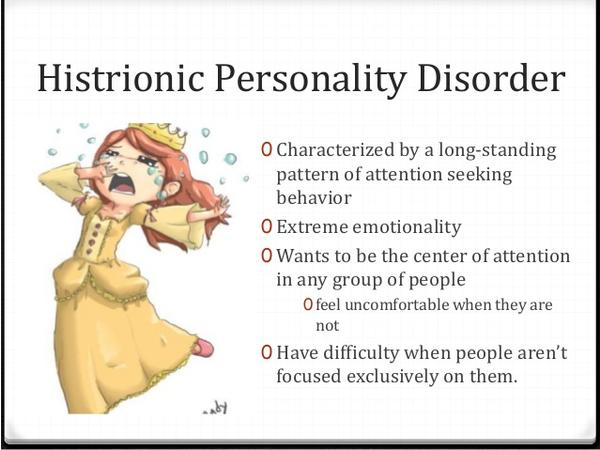
In the case of continuous partial attention, we’re motivated by a desire not to miss anything. We’re engaged in two activities that both demand cognition. We’re talking on the phone and driving. We’re writing an email and participating in a conference call. We’re carrying on a conversation at dinner and texting under the table on the Blackberry or iPhone.
Continuous partial attention also describes a state in which attention is on a priority or primary task, while, at the same time, scanning for other people, activities, or opportunities, and replacing the primary task with something that seems, in this next moment, more important. When we do this, we may have the feeling that our brains process multiple activities in parallel. Researchers say that while we can rapidly shift between activities, our brains process serially.
Continuous partial attention involves a kind of vigilance that is not characteristic of multi-tasking. With cpa, we feel most alive when we’re connected, plugged in, and in the know.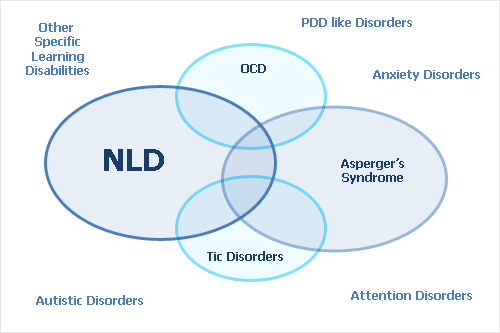 We constantly SCAN for opportunities – activities or people – in any given moment. With every opportunity we ask, “What can I gain here?”
We constantly SCAN for opportunities – activities or people – in any given moment. With every opportunity we ask, “What can I gain here?”
Why care about the difference between multi-tasking and cpa?
Continuous partial attention is an always on, anywhere, anytime, any place behavior that creates an artificial sense of crisis. We are always in high alert. We are demanding multiple cognitively complex actions from ourselves. We are reaching to keep a top priority in focus, while, at the same time, scanning the periphery to see if we are missing other opportunities. If we are, our very fickle attention shifts focus. What’s ringing? Who is it? How many emails? What’s on my list? What time is it in Bangalore?
In this state of always-on crisis, our adrenalized “fight or flight” mechanism kicks in. This is great when we’re being chased by tigers. How many of those 500 emails a day is a TIGER? How many are flies? Is everything an emergency? Our way of using the current set of technologies would have us believe it is.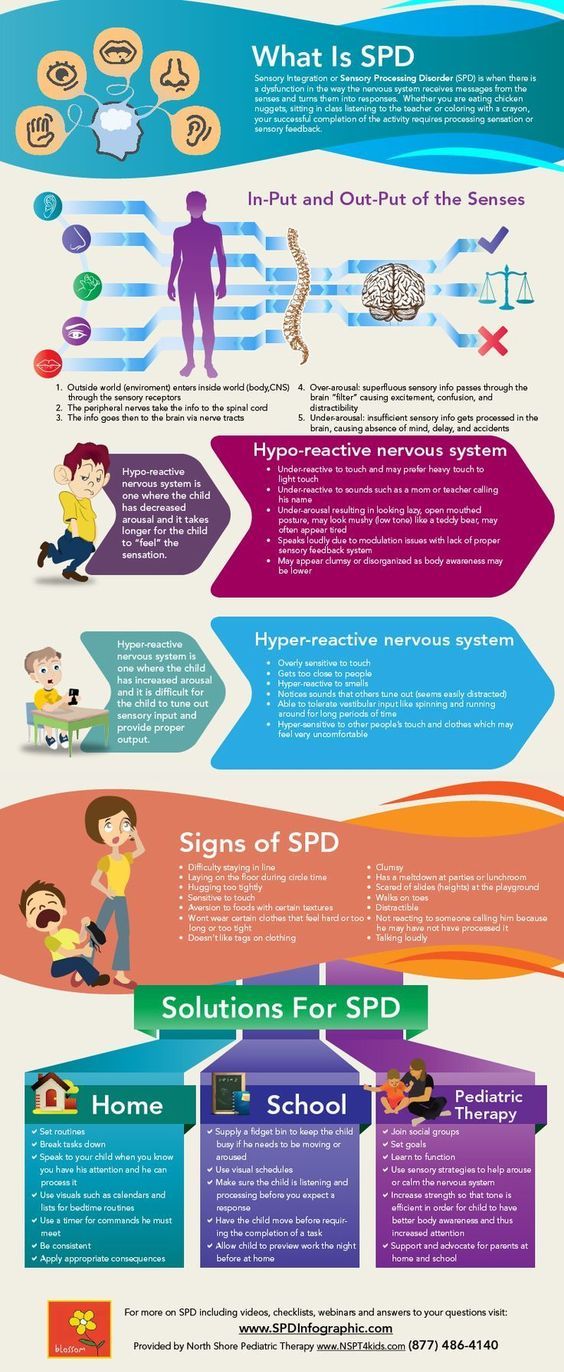
Over the last twenty years, we have become expert at continuous partial attention and we have pushed ourselves to an extreme that I call, continuous continuous partial attention. There are times when cpa is the best attention strategy for what we’re doing; and, in small doses, continuous partial attention serves us well. There are times when cpa and ccpa compromises us.
The “shadow side” of cpa is over-stimulation and lack of fulfillment. The latest, greatest powerful technologies are now contributing to our feeling increasingly powerless. Researchers are beginning to tell us that we may actually be doing tasks more slowly and poorly.
And that’s not all. We have more attention-related and stress-related diseases than ever before. Continuous continuous partial attention and the fight or flight response associated with it, can set off a cascade of stress hormones, starting with norepinephrin and its companion, cortisol. As a hormone, cortisol is a universal donor. It can attach to any receptor site. As a result, dopamine and seratonin –the hormones that help us feel calm and happy – have nowhere to go because cortisol has taken up the available spaces. The abundance of cortisol in our systems has contributed to our turning to pharmaceuticals to calm us down and help us sleep. Read about email apnea to understand how our relationship with screen-based activities plays a role in this fight or flight response.
As a result, dopamine and seratonin –the hormones that help us feel calm and happy – have nowhere to go because cortisol has taken up the available spaces. The abundance of cortisol in our systems has contributed to our turning to pharmaceuticals to calm us down and help us sleep. Read about email apnea to understand how our relationship with screen-based activities plays a role in this fight or flight response.
Like this:
Like Loading...
The Danger of Continuous Partial Attention
Subscribe to Entrepreneur for $5
Subscribe
By Ivan Misner
Opinions expressed by Entrepreneur contributors are their own.
We are living in a world that is more connected than ever. There are some definite pitfalls in our hyper-connected world as it intersects with our business relationships and networking. Hyperconnectivity can lead to a state of "continuous partial attention." A state of continuous partial attention is a state where people are giving partial attention to what they are doing – continuously.
Hyperconnectivity can lead to a state of "continuous partial attention." A state of continuous partial attention is a state where people are giving partial attention to what they are doing – continuously.
Face-to-Face Networking and Social Media.
Continuous partial attention can hamper your relationship-building efforts - not only on a personal level, but also on a professional level. When attending a function of any type, it is becoming increasingly common to find people who remain connected to their social networks (beyond uploading a photo or tweet about the event) with mobile devices during the meeting. I see this all the time at networking meetings, such as at a BNI chapter meeting, a Chamber of Commerce luncheon, or even a gala dinner event.
So while our desire to connect and be connected is one of the strengths of business and social networking, when we are actually in person at an event where we want to effectively be connecting with others, this desire can actually dilute our efforts by driving us to stay "live" online instead of with the person in front of us.
Related: What to Do When Someone Refuses to Take Your Business Card
We have probably all experienced being in conversation with someone at a networking function and getting pinged during the conversation. When we take our attention off what is happening in front of our nose to take a look at what is happening on our phone, we lose the connection with the person we're speaking with. We will not remember this part of the conversation well, if at all. And we will send a subtle message to this person that he or she does not matter as much as the various pings coming in on our mobile device do.
Continuous partial attention can hamper your efforts to build profitable business relationships with the people you want to connect with. I believe a price is being paid by how this constant connectedness is affecting our real-time relationships. The truth is that our brains are not capable of multi-tasking. Brains don't work like a computer, which can have many programs running simultaneously. Our minds have to switch among tasks. Some of us can task-switch extremely quickly, seemingly multi-tasking, but we are not actually multi-tasking. Others of us task-switch with a little more difficulty, making it extremely challenging to really pay sustained attention to anything when we try to multi-task.
Our minds have to switch among tasks. Some of us can task-switch extremely quickly, seemingly multi-tasking, but we are not actually multi-tasking. Others of us task-switch with a little more difficulty, making it extremely challenging to really pay sustained attention to anything when we try to multi-task.
Related: Four Ways to Better Involve Your Company In Charitable Activities
Working While Distracted
Most of us work at our computers, laptops or tablets with notifications switched on: email, Facebook, Twitter, Instagram, Google+, LinkedIn, Pinterest, Skype, YouTube, Tumblr, and Snapchat pinging, chirping and whistling as notifications fly across your screen shouting, "Look at me! Someone retweeted you! Someone wants to be your Friend!" Even people who do not have ADD are working in a state of attention deficit due to the distraction all these notifications cause! These are the people in the "Prayer Neck" posture – hunched over looking down at their hands while holding their mobile device.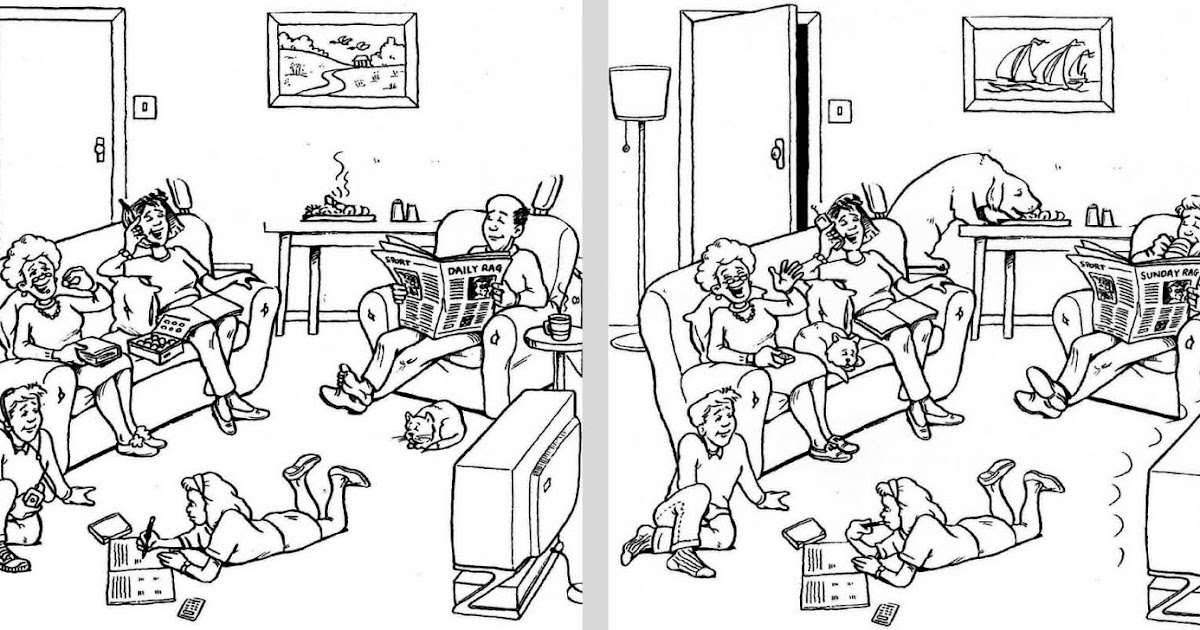
It is very easy to lose track of whom you have just followed up with -- you end up sending your follow-up email twice or reference something you were discussing with someone else or, worse yet, send an email to the wrong person entirely. (Who hasn't done that?) Continuous partial attention keeps you from being alert, attentive and focused and can hamper your post-event follow up not to mention your day to day activities.
Be honest: whom do you greet first when you get up in the morning -- your spouse, kids, the dog OR your virtual community? Do you reach for your smartphone before you even throw your legs out of bed to get up? I have found myself doing that. I used to never even turn my mobile phone on until after I was up, had exercised, showered and had my breakfast. I think social media is great. I use it regularly to stay in touch and build relationships. But knowing when to focus on the face-to-face interactions and put notifications on Do Not Disturb is also extremely important in this ever expanding digital age.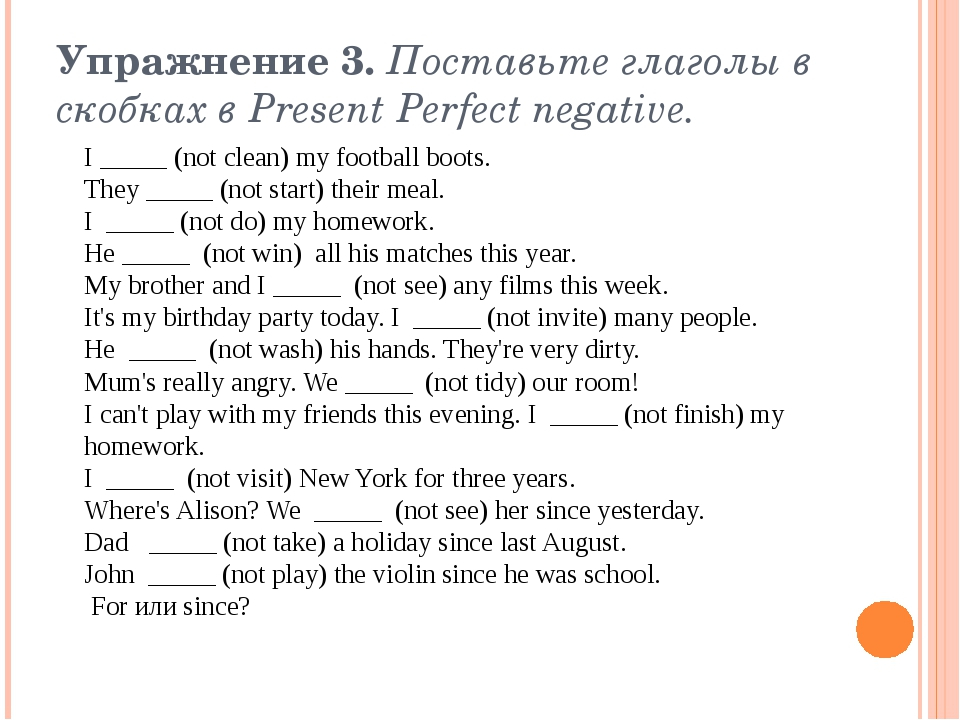
Related: Is Your Network a Mile Wide But an Inch Deep?
-
This 27-Year-Old Yale Alum Has a College Prep Company With a 100% Harvard Acceptance Rate. Here's How He Does It — and How Much It Costs.
-
How a Handwritten Core Values List Can Make You a Great Leader
-
This Body-Language Expert's 'Triangle' Method Will Help You Catch a Liar in the Act
-
6 Things I'd Tell My 20-Year-Old Entrepreneur Self
-
Calling All Pet Lovers: The Best Pet Care Franchise Opportunities
-
8 Easy, Virtual Side Hustles for Extra Cash
-
What This Overlooked Military Tip Can Teach You About Being an Effective Entrepreneur
Side Hustle
How to Start a Dropshipping Side Hustle on Amazon
Entrepreneur Store
Living
This Body-Language Expert's 'Triangle' Method Will Help You Catch a Liar in the Act
Amanda Breen
Side Hustle
8 Easy Virtual Side Hustles for Extra Cash
Christopher Massimine
Read More
Not Found (#404)
Paracelsus Medical Center
Page not found.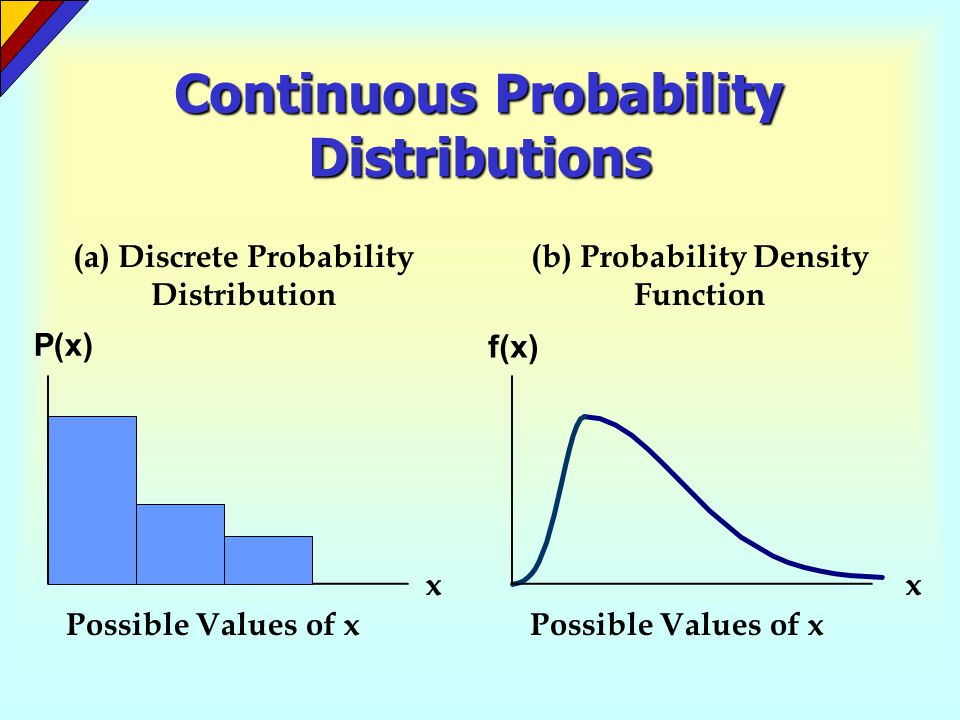
The above error occurred while the Web server was processing your request.
Please contact us if you think this is a server error. thank you.
Please wait, download may take time
Loading...
Do you know which doctor you want to see
You know the service you want to sign up for
Service selection
A second consultation is considered to be a consultation of one specialist within 30 days from the date of the previous appointment. On the 31st day from the previous visit to a specialist of this profile, the consultation will be primary.
The choice of a specialist
Service selected:
Choosing a specialist service
A second consultation is considered to be a consultation of one specialist within 30 days from the date of the previous appointment. On the 31st day from the previous visit to a specialist of this profile, the consultation will be primary.
On the 31st day from the previous visit to a specialist of this profile, the consultation will be primary.
Address selection:
st. Vikulova, 33, building 2 st. Bolshakova, d. 68
Date selection:
Time of receipt:
Password
Password
Register Can't login? account activation
To gain access to your personal account, enter the e-mail that was specified during registration, we will send instructions for password recovery
To gain access to your personal account, enter the e-mail that was specified during registration, we will send instructions for reactivating your account
Your application has been accepted, our specialists will answer your question as soon as possible!
Telephone
Comment
Dear patients!
Multidisciplinary Clinic and Maternity Hospital "Paracelsus" informs you, according to the Letter of the Ministry of Finance of the Russian Federation to the Federal Tax Service dated March 25, 2022.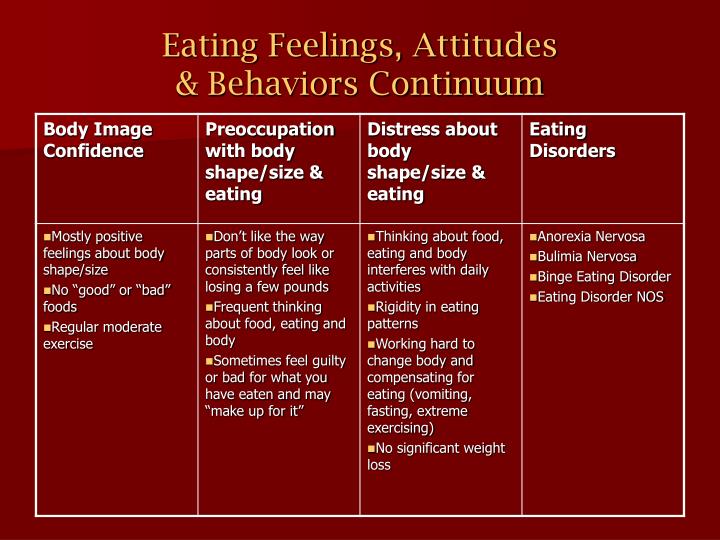 N BS-4-11 / 3605, that subparagraph 3 of paragraph 1 of Article 219The Tax Code of the Russian Federation provides for the right of a taxpayer to receive a social tax deduction in the amount paid by him in the tax period for medical services provided by medical organizations engaged in medical activities to him, his spouse, parents, children (including adopted children) in under the age of 18, wards under the age of 18 (in accordance with the list of medical services approved by the Government of the Russian Federation).
N BS-4-11 / 3605, that subparagraph 3 of paragraph 1 of Article 219The Tax Code of the Russian Federation provides for the right of a taxpayer to receive a social tax deduction in the amount paid by him in the tax period for medical services provided by medical organizations engaged in medical activities to him, his spouse, parents, children (including adopted children) in under the age of 18, wards under the age of 18 (in accordance with the list of medical services approved by the Government of the Russian Federation).
Joint order of the Ministry of Taxation of Russia and the Ministry of Health of Russia of July 25, 2001 N 289 / BG-3-04 / 256 (hereinafter - the order of July 25, 2001) approved the form of the Certificate of payment for medical services for submission to the tax authorities of the Russian Federation (hereinafter - the Certificate payment for medical services).
This certificate certifies the fact of receiving a medical service and its payment through the cash desk of a healthcare institution at the expense of the taxpayer.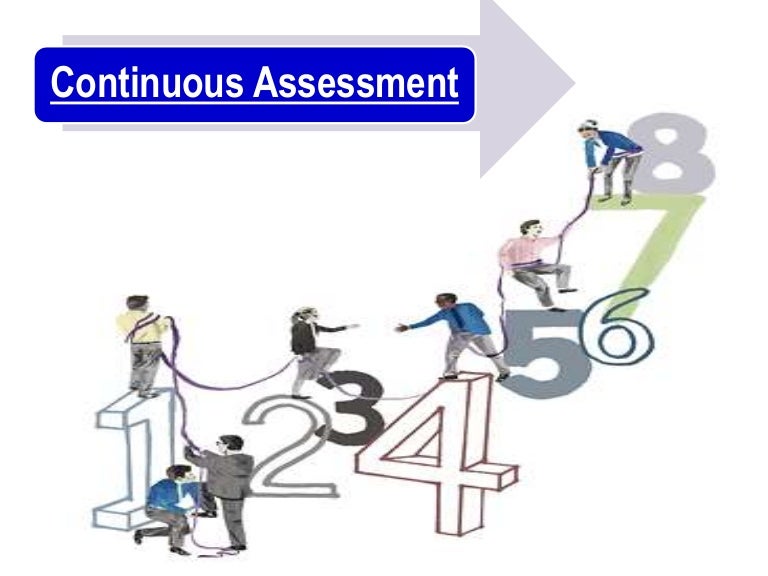
Thus, if the taxpayer submits to the tax authority a Certificate of payment for medical services, the taxpayer's failure to submit the relevant contract for the provision of medical services and (or) documents confirming payment cannot be grounds for refusing to provide such a deduction.
The amounts are based on payment data. Therefore, checks, an agreement and a clinic license are not needed to make a deduction.
Sample certificate attached.
Help Sample
Your application has been accepted, our specialists will contact you shortly!
Telephone
Comment
scientific view of juggling affairs
To be honest, while I was writing this article, I looked at Facebook, Skype, Twitter, double-checked Instagram, switched to two other tasks, and sent four emails.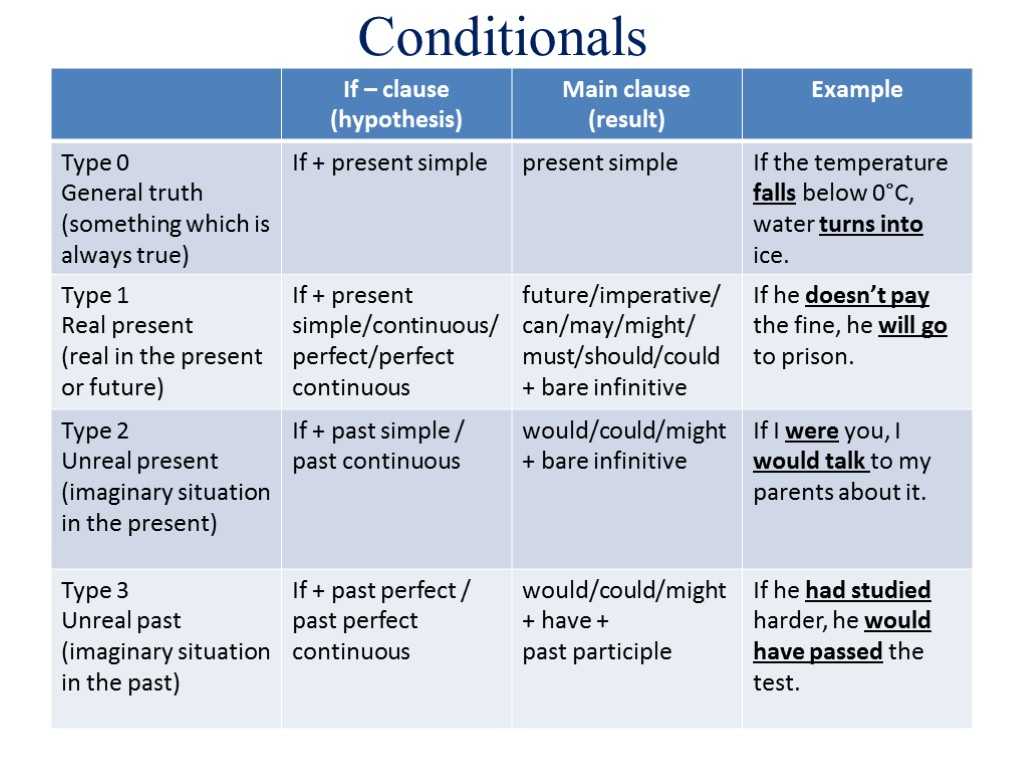 Irony, as it is.
Irony, as it is.
Wherever you look - everywhere we are waiting for reasons to distract ourselves, and it is impossible to resist them. New letters are always falling into the mailbox, colleagues ask questions and ask for help. In an attempt to respond to all notifications and do everything at once, we move from one task to another, reassuring ourselves with the words that two things (or even more) will go faster if we do them at the same time.
Many people know that by focusing on one task, you get a much better result. But we still try to work on all the cases at once in order to finish them faster. Why do we love multitasking so much? And what use can be made of our tendency to be constantly distracted?
Let's understand the mechanisms of attention, find out what happens when we do several tasks at once, and when it can be useful.
Fundamentals of neuroscience: our brain and multitasking
Trying to solve many problems at once leads to changes in the brain.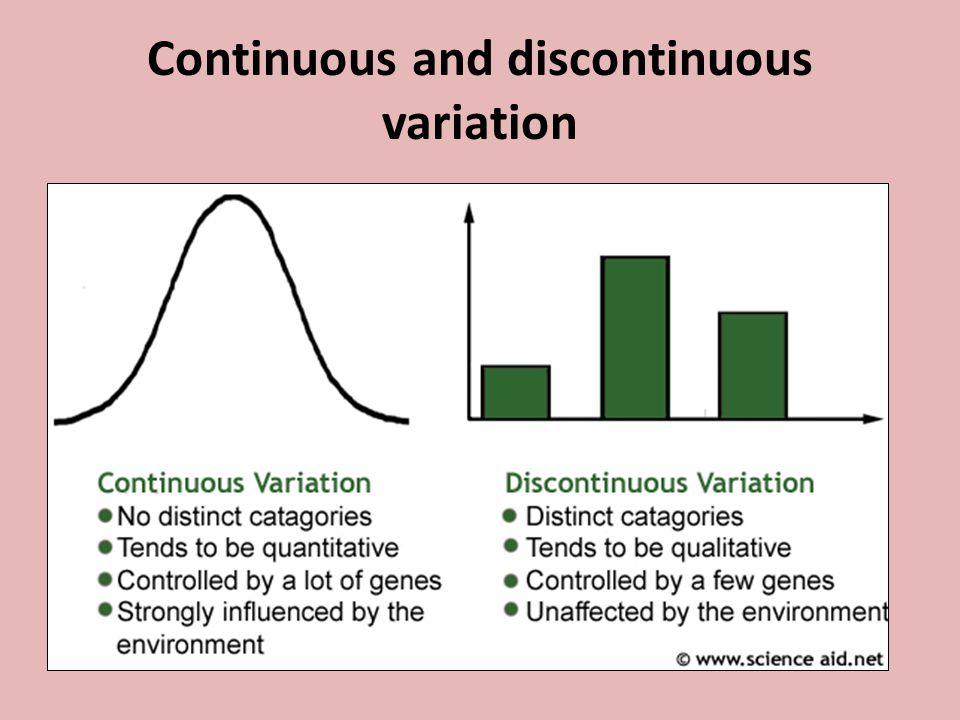 When we focus on something, part of the brain's motivational system is activated: the prefrontal cortex, located in the front of the brain.
When we focus on something, part of the brain's motivational system is activated: the prefrontal cortex, located in the front of the brain.
In the state of concentration, both halves of the prefrontal cortex work in tandem. But when multitasking, their interaction is disrupted. Despite the fact that it seems to us that we are doing two things at once, in fact we are constantly switching between these two halves. Switching takes only fractions of a second, but these fractions gradually accumulate: in the end, performing several tasks can take 40% more time than solving them in turn.
Moreover, constant switching dulls attention, which leads to errors. Short-term memory, which is responsible for decision-making, learning and inference, has its own “power limit”. In this sense, it is like a muscle that needs time to recover after a long or heavy load. Complex tasks with a high load on perception use more resources of short-term memory. Trying to do several complex things at the same time (for example, calling the phone while driving) overloads the brain, so that the likelihood of mistakes increases.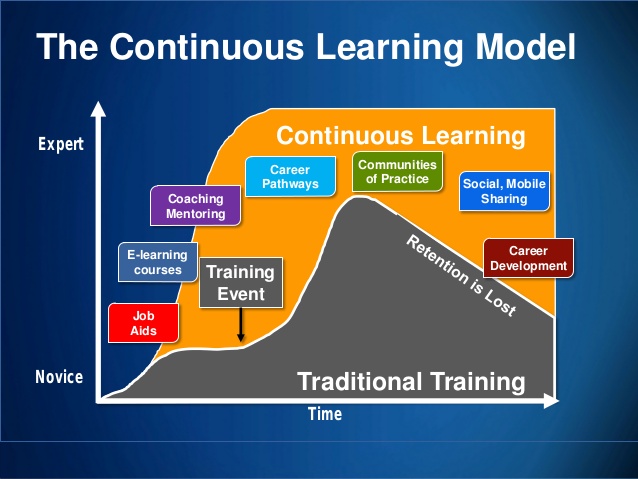 Throw in a third task (say, following the directions of a GPS navigator) and the error rate is tripled compared to the two tasks.
Throw in a third task (say, following the directions of a GPS navigator) and the error rate is tripled compared to the two tasks.
Doing several things at the same time is possible only when none of them requires much attention. For example, if you are walking your dog while listening to music and eating a hot dog.
Protecting the brain from distractions
To focus on one thing, it is not enough just to direct your mental efforts to the task - you also need to block all distractions. Obviously, if you cannot filter out information that is not related to the current task, your work will slow down a lot.
Concentrating, the brain works differently even at the level of neurons. The messages exchanged between neurons in a state of concentration are much clearer and clearer - as if two people in a noisy room were shouting simple short phrases to each other.
In addition to more reliable communication of neurons, key areas of the brain also synchronize with each other.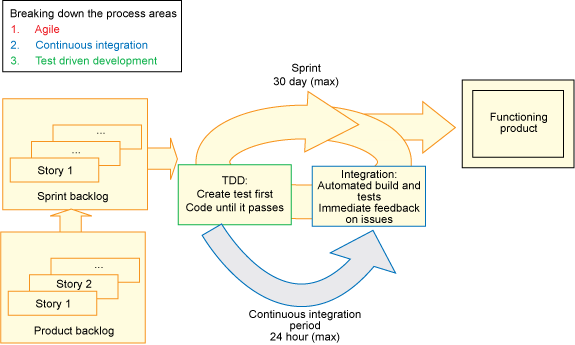 Channels of communication between different areas of the brain are opened to increase attention, and all other signals are silenced so as not to give you a reason to be distracted.
Channels of communication between different areas of the brain are opened to increase attention, and all other signals are silenced so as not to give you a reason to be distracted.
Multitasking is killing our brains
It may seem that focusing and blocking out distractions leads to increased brain load, but in fact the opposite is true. Switching between tasks, your brain consumes more glucose, which quickly leads to fatigue and fatigue.
In addition, recent research shows that multitasking has a physical effect on the structure of the brain - perhaps irreversible. The anterior cingulate cortex of avid multitaskers shows decreased gray matter density, a region of the brain responsible for automatic bodily functions such as maintaining blood pressure and heart rate, as well as perceptual functions, including decision making, empathy, impulse control, and emotions.
Multitasking leads to the fact that new information is placed in the wrong areas of the brain. Short-term memory suffers from this. Even such a trifle as an unread letter in the mailbox, if you mentally return to it, reduces IQ by 10-15 points, which, in terms of perception, puts you on the same level as an eight-year-old child.
Short-term memory suffers from this. Even such a trifle as an unread letter in the mailbox, if you mentally return to it, reduces IQ by 10-15 points, which, in terms of perception, puts you on the same level as an eight-year-old child.
Multitasking harms not only the brain, but also the body. It releases the stress hormones cortisol and adrenaline, which can lead to narrowing of the arteries, high blood sugar levels, and a suppressed immune system, not to mention other health problems.
So why, given all these obvious disadvantages, are we still trying to take on so many things at once?
Hormonal euphoria
Although you need the prefrontal cortex to maintain attention, it craves new sensations. Additional stimuli cause a surge of internal opiates in areas of the brain responsible for feelings of satisfaction. Distract so great ! Because of this, it becomes incredibly difficult to keep attention on one complex task. It also increases the likelihood that you would rather take care of a dozen simple and unimportant tasks, such as answering emails and phone calls, instead of tackling the really important projects.
Every reply to an email, every tweet or other message sent causes an instant rush of hormones to the pleasure center of the brain, which quickly leads to addiction. As a laboratory experiment showed, experimental rats, which, by pressing a button, could send impulses straight to their pleasure center, were so absorbed in this activity that they did not even come off for sleep and food - until they died of starvation. That's how strong the addiction can be.
Exceptions to "No multitasking!"
Despite strong arguments to avoid multitasking as much as possible, in some cases it can be useful.
An excellent example is exercise. Physical activity helps blood circulate in the brain and deliver the oxygen and nutrients needed for optimal thought function. At the same time, chemicals are released that improve memory, problem-solving, and decision-making skills. Hormones are also produced that increase attention, motivation and concentration. In a recent study by the University of Florida, participants were asked to perform several tasks of increasing difficulty while exercising on an exercise bike.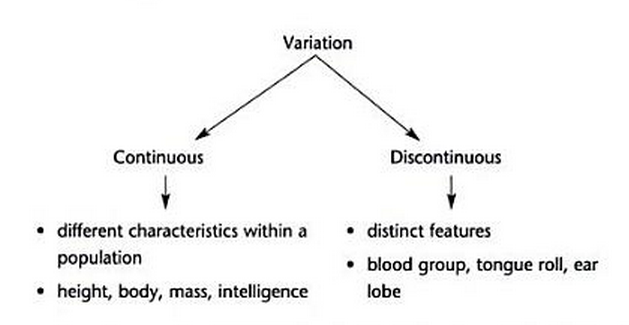 When performing simple tasks, the participants pedaled faster while maintaining their perception at a high level. Both the brain and the body were effectively solving simultaneous tasks. As the difficulty increased, the pedaling speed dropped, but even the most significant mental effort did not lead to a drop in speed below the original.
When performing simple tasks, the participants pedaled faster while maintaining their perception at a high level. Both the brain and the body were effectively solving simultaneous tasks. As the difficulty increased, the pedaling speed dropped, but even the most significant mental effort did not lead to a drop in speed below the original.
Another situation in which multitasking is useful is when performing monotonous tasks that do not require much attention. Thinking about abstract topics while washing dishes or ironing clothes trains your brain to think creatively about problems and make decisions more effectively, allowing your imagination to work through the consequences of different choices or come up with new alternatives. Our brains solve complex problems much better if we can look at the situation in a new context. (That's why brilliant thoughts come to mind when you're standing in the shower or brushing your teeth.)
Finally, in our information overloaded digital age, a new kind of multitasking is emerging. The so-called "constant partial attention" is expressed in the fact that we mentally follow several streams of incoming data and extract only the necessary details from each. For example, imagine that you are working on something while listening to music. Suddenly, a word from a nearby conversation catches your attention. Even though your energy is focused on one main task, part of the brain continues to monitor what is happening around. You analyze several data streams at once, imperceptibly shifting your attention to the most important and interesting of them. Modern technology gives us access to a huge amount of new information, and this multitasking helps to quickly extract useful information from many different resources.
The so-called "constant partial attention" is expressed in the fact that we mentally follow several streams of incoming data and extract only the necessary details from each. For example, imagine that you are working on something while listening to music. Suddenly, a word from a nearby conversation catches your attention. Even though your energy is focused on one main task, part of the brain continues to monitor what is happening around. You analyze several data streams at once, imperceptibly shifting your attention to the most important and interesting of them. Modern technology gives us access to a huge amount of new information, and this multitasking helps to quickly extract useful information from many different resources.
Debunking the myth of multitasking
In the late 1990s and early 2000s, the rise of handheld computers and similar personal devices led to multitasking being heralded as the new way of doing business. People celebrated this quality with pride on their resumes and boasted about how many things they could get done at once.![]()

